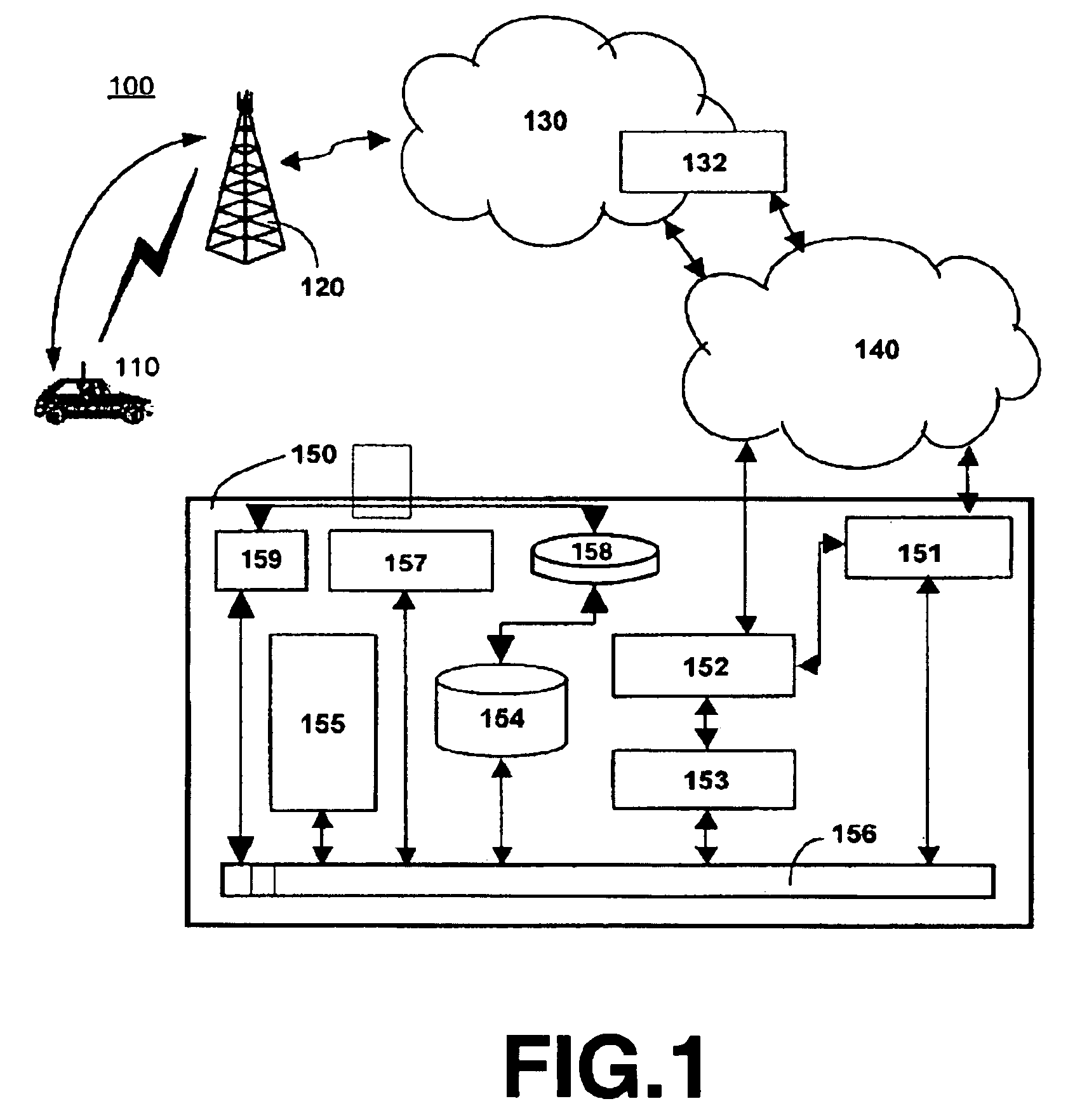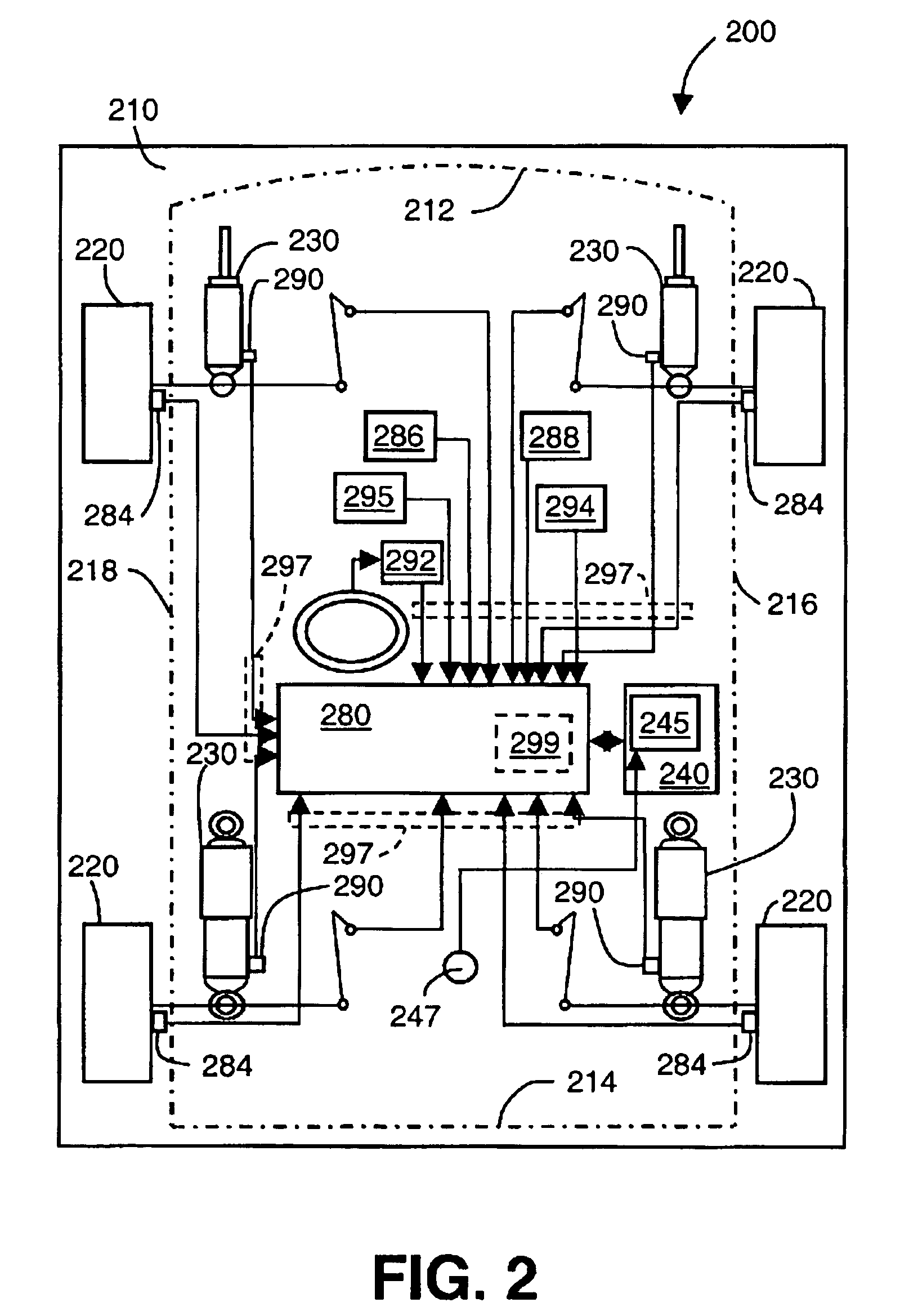System and method of communicating traffic information
a technology of communication system and traffic information, applied in the field of system and method of communicating traffic information, can solve the problems of requiring specialized and expensive data collection or processing system, requiring dedicated hardware, and voluminous raw data transmission from vehicles to the traffic information system, so as to reduce the impact of communication network, reduce the amount and frequency of data transmission, and increase the ability of the communication system to record
- Summary
- Abstract
- Description
- Claims
- Application Information
AI Technical Summary
Benefits of technology
Problems solved by technology
Method used
Image
Examples
example
[0062]Method 300 may be illustrated by the following illustrative example. The Detroit metropolitan area is approximately 50 km by 50 km, roughly corresponding to a box or region of 0.5° of latitude by 0.5° of longitude. This area can be divided into a 250 by 250 cell array, defined by latitude and longitude, containing 62,500 cells, each cell approximately 0.002° of latitude by 0.002° of longitude on a side. Certain parameters and relationships are described and defined below.
[0063]A geographic region comprising the Detroit metropolitan area may be described, for example, as an array comprising:[0064]Lat0=42.2° N[0065]Lon0=−83.2° W[0066]NLat=250[0067]NLon=250[0068]Cdeg=0.0020[0069]N=62,500
where:[0070]Lat0 is the latitudinal origin (i.e. the latitude of the southwest corner of the box);[0071]Lon0 is the longitudinal origin (i.e. the longitude of the southwest corner of the box);[0072]NLat the number of latitudinal elements or cells;[0073]NLon is the number of longitudinal elements o...
PUM
 Login to View More
Login to View More Abstract
Description
Claims
Application Information
 Login to View More
Login to View More - R&D
- Intellectual Property
- Life Sciences
- Materials
- Tech Scout
- Unparalleled Data Quality
- Higher Quality Content
- 60% Fewer Hallucinations
Browse by: Latest US Patents, China's latest patents, Technical Efficacy Thesaurus, Application Domain, Technology Topic, Popular Technical Reports.
© 2025 PatSnap. All rights reserved.Legal|Privacy policy|Modern Slavery Act Transparency Statement|Sitemap|About US| Contact US: help@patsnap.com



